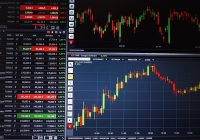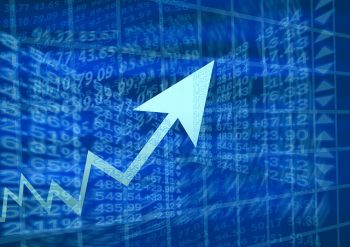Political, economic and also security realities provide an atmosphere of uncertainty in the world of financial markets. Investors are sometimes overwhelmed by the information coming from both sides. They don’t always know where to turn. However, doubt is a feeling that has no place in their profession. Indeed, it is essential that its investors can always carry out a certain anticipation of the market in order to be able to derive the maximum profit. Currently, the future of the European equity market is at the heart of all debates. What can we really expect for 2017?
During the month of August, the European equity market showed a significant rise in financial stocks. However, this increase does not provide a satisfactory safety margin to allow the asset class to be overexposed. The valuation of European equities was notably recorded in several sectors. In that of the bank, it is + 17%. In terms of construction, the valuation is +7.5%. On the distribution side, it is estimated at + 6.4%. For the other sectors such as chemicals, leisure and the automobile, the increase amounts respectively to + 7%, + 4.8%, + 5.6%. On the results side, the energy (+1.5%), telecommunications (+3%) and real estate (+6%) sectors have, according to experts, seen their results increase.
From a more general point of view, the Brexit phenomenon in England has been more or less mastered by investors. However, its effects are not yet fully defined.
Finally, the weak economic growth which is still rife despite the measures taken by the European central banks (cut in the key rate, expansion of the spectrum of risk taken on the balance sheet, etc.) would have its explanation elsewhere. It would be due to non-existent support from budgetary policies and insufficient investment by companies. The solution implemented by the central banks is a call for more action on the part of European governments.
The economic crisis of recent years has led the European Central Bank (ECB) to adopt a monetary policy classified as “unconventional”: Quantitative Easing (QE). Quantitative easing consists of the massive purchase of debt securities from investors (asset-backed securities, Treasury bills, corporate bonds) by the ECB. Recourse to this monetary policy is essential when the key rates are at their lowest level and when this situation is no longer sufficient to give stability to the evolution of prices. QE notably generated a spectacular rise in European equity markets, but also a deterioration in long-term interest rates.
When the day comes when the ECB puts an end to this easing monetary policy, financial investors will risk going broke. Indeed, due to the rise in long-term interest rates and the fall in stock prices, the shares that they have bought at a high price cannot be resold at such a high price. This situation could arise, according to experts, with the next rise in the price of oil (around the end of 2016 to the beginning of 2017).
Despite this risk of financial losses for investors, there is still hope for 2017. Indeed, thanks to the budgetary weapon of certain States, companies could make more profits in 2017. This situation would be possible if a stabilization of economic growth registered, and that the price of a barrel of oil is fixed at 50 dollars. The American economic context is decisive for these two conditions to be met. Thus, the outcome of the next elections in the United States, which will make it possible to establish the American economic policy that will be followed for the next 4 years, is eagerly awaited by players on the European equity market.


